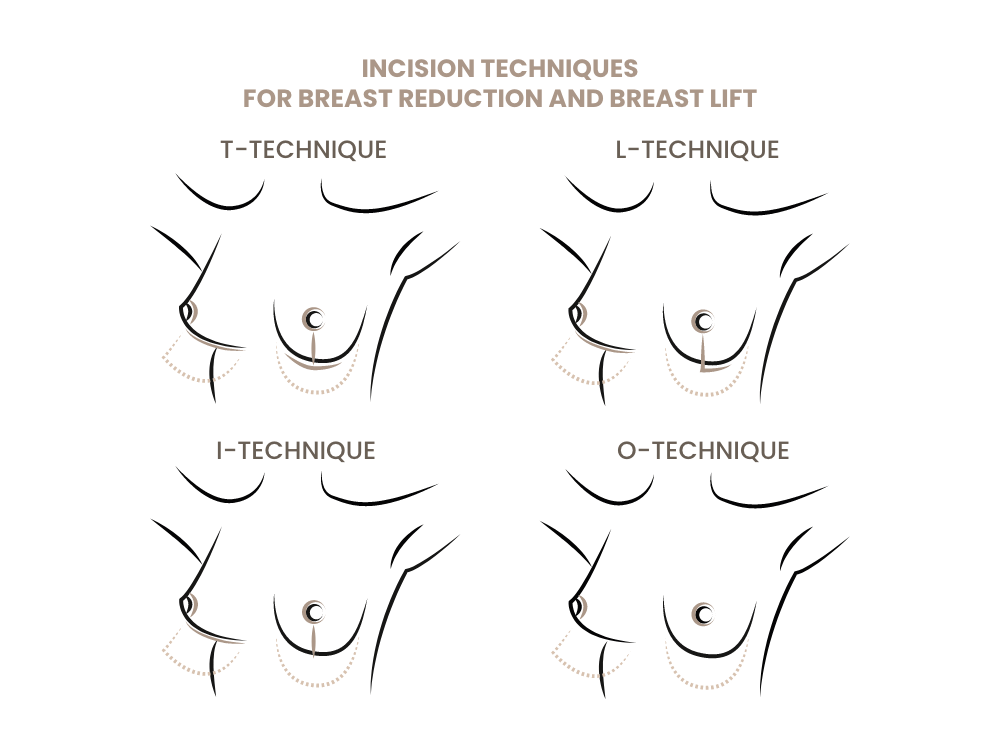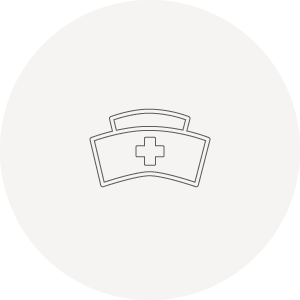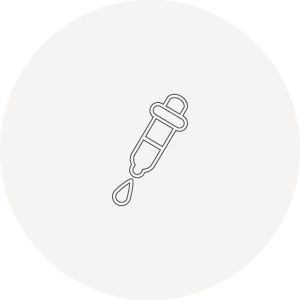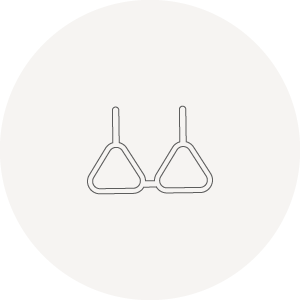Wichtiges und Wissenswertes zum Thema Bruststraffung
A breast lift can restore an attractive breast shape when its appearance has been affected by weight loss or pregnancy. Unfortunately, breast lifts are generally not considered medically necessary procedures by public health insurance providers, and the costs are therefore usually not covered — though there are rare exceptions.
Technically speaking, a breast lift is a type of *breast reduction*, with the key difference being that no breast tissue is removed, so the breast volume remains almost the same (apart from the small amount of skin that is excised). This distinction is important because breast reduction surgery was developed long before breast lift surgery. As a result, there are nearly as many breast lift techniques as there are breast reduction techniques.
It is a common misconception that a breast lift, like other tightening procedures, only involves removing excess skin. However, to achieve an aesthetically pleasing result, much more is required: the nipple and areola must be repositioned (depending on how far they need to be lifted), and the sagging breast tissue must be reshaped.
Most surgeons are skilled in four to five different techniques, which they apply depending on the patient’s anatomical conditions.
For patients seeking advice, it is usually difficult to influence the choice of surgical technique.
To better understand the advantages and disadvantages of each method, here are the most important factors that play a role in a breast lift:
- Scar pattern
- Type of blood supply to the nipple and areola
- Breast contour and shape
- Long-term stability of the results / creation of an internal bra
- Preservation of nipple sensitivity and responsiveness
When is a scar-sparing breast lift possible?
During your consultation, you should discuss with your surgeon which aspects of the procedure are most important to you.
When using scar-sparing techniques, the inner part of the breast fold (and in some techniques even the outer part) remains untouched, allowing you to wear low-cut clothing without visible scars. Unfortunately, these methods cannot always be used for very sagging breasts, where the required nipple lift is long (more than 10 cm). There are also techniques that better preserve nipple sensitivity, though they may offer less flexibility in shaping the breast.
To improve the long-term stability of results, techniques have been developed over the past 25 years that create an internal “bra.” This approach transfers the weight of the breast from the skin to the inner support, preventing the breasts from sagging again over time. I have also worked extensively on this concept and modified a traditional method (the B-technique) to enable the creation of an internal bra.
For most patients, the scar pattern is very important. However, I would like to emphasize that from an aesthetic perspective, achieving an attractive breast shape is far more important than simply having shorter scars.

What should be considered when planning a breast lift?
The procedure should ideally be performed after family planning is complete. While pregnancy after a breast lift is generally possible, it should be noted that the results may deteriorate due to the significant changes in breast size that occur during pregnancy.
Weight fluctuations of more than 5 kg can also negatively affect the results. Therefore, at the time of surgery, you should ideally be at a body weight that you feel comfortable with and can maintain long-term.
For many patients, a successful breast lift represents a significant improvement in quality of life and can have a lasting positive impact on self-esteem.








